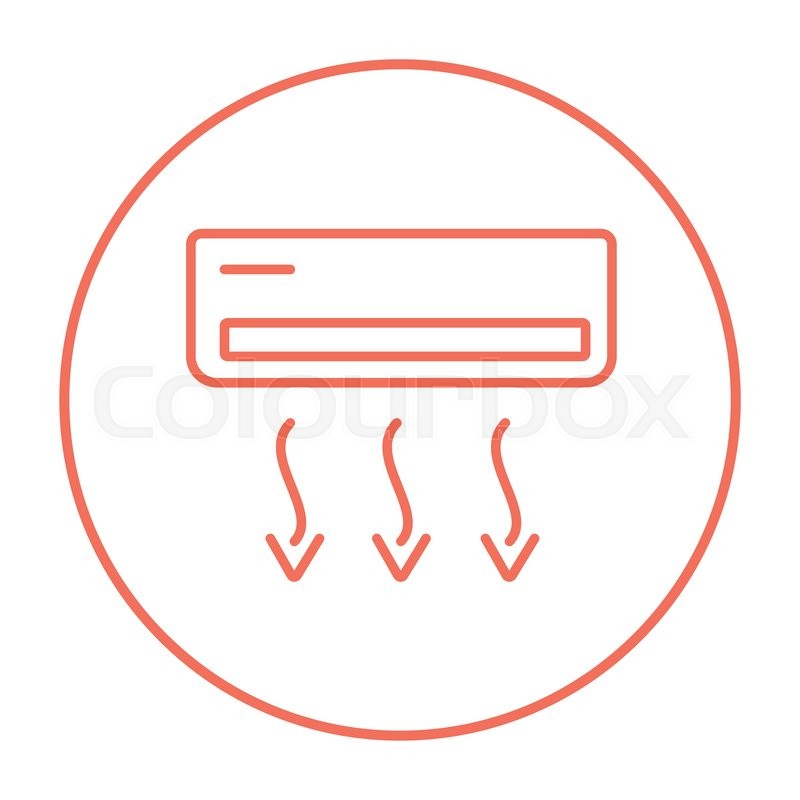The Ultimate Overview To Recognizing Warmth Pumps - Exactly How Do They Work?
The Ultimate Overview To Recognizing Warmth Pumps - Exactly How Do They Work?
Blog Article
Created By-Junker Raymond
The best heatpump can save you substantial amounts of cash on power bills. They can also help reduce greenhouse gas exhausts, especially if you make use of electrical energy instead of nonrenewable fuel sources like gas and heating oil or electric-resistance furnaces.
Heat pumps function significantly the like air conditioners do. This makes them a feasible alternative to typical electric home heater.
How They Work
Heat pumps cool down homes in the summertime and, with a little help from electricity or gas, they offer some of your home's heating in the winter. They're a great alternative for individuals that wish to reduce their use fossil fuels however aren't prepared to change their existing furnace and a/c system.
They depend on the physical reality that even in air that seems also chilly, there's still power existing: cozy air is always relocating, and it wishes to move into cooler, lower-pressure atmospheres like your home.
The majority of power STAR licensed heatpump operate at close to their heating or cooling ability throughout most of the year, reducing on/off cycling and saving power. For the very best efficiency, focus on systems with a high SEER and HSPF score.
The Compressor
The heart of the heat pump is the compressor, which is likewise called an air compressor. This mechanical streaming tool utilizes potential power from power development to enhance the pressure of a gas by minimizing its quantity. It is different from a pump because it only services gases and can not deal with fluids, as pumps do.
Climatic air enters the compressor via an inlet shutoff. It travels around vane-mounted arms with self-adjusting size that split the inside of the compressor, developing numerous cavities of differing dimension. heat pump servicing to move in and out of stage with each other, pressing the air.
The compressor attracts the low-temperature, high-pressure refrigerant vapor from the evaporator and presses it right into the hot, pressurized state of a gas. This procedure is repeated as required to provide home heating or air conditioning as needed. best heat pump prices includes a desuperheater coil that recycles the waste heat and includes superheat to the refrigerant, altering it from its liquid to vapor state.
The Evaporator
The evaporator in heat pumps does the same thing as it carries out in fridges and ac system, changing liquid refrigerant into an aeriform vapor that eliminates heat from the space. Heat pump systems would not work without this important piece of equipment.
This part of the system lies inside your home or structure in an indoor air handler, which can be either a ducted or ductless unit. It consists of an evaporator coil and the compressor that compresses the low-pressure vapor from the evaporator to high pressure gas.
Heat pumps absorb ambient warm from the air, and afterwards make use of power to transfer that warmth to a home or organization in home heating setting. That makes them a great deal a lot more power effective than electric heating systems or furnaces, and due to the fact that they're making use of clean electrical power from the grid (and not shedding gas), they additionally create far fewer exhausts. That's why heat pumps are such excellent environmental selections. (As well as cheap heat pump nz why they're ending up being so popular.).
The Thermostat.
Heatpump are fantastic choices for homes in cold climates, and you can utilize them in mix with conventional duct-based systems or perhaps go ductless. They're a wonderful alternative to nonrenewable fuel source furnace or standard electrical furnaces, and they're more lasting than oil, gas or nuclear HVAC equipment.
Your thermostat is one of the most important element of your heatpump system, and it functions very differently than a conventional thermostat. All mechanical thermostats (all non-electronic ones) work by utilizing materials that alter size with increasing temperature level, like curled bimetallic strips or the increasing wax in a vehicle radiator shutoff.
These strips consist of 2 different types of metal, and they're bolted together to form a bridge that finishes an electric circuit connected to your a/c system. As the strip gets warmer, one side of the bridge increases faster than the various other, which triggers it to bend and signal that the heating system is required. When the heatpump is in home heating setting, the reversing valve turns around the flow of cooling agent, so that the outside coil currently functions as an evaporator and the indoor cyndrical tube comes to be a condenser.